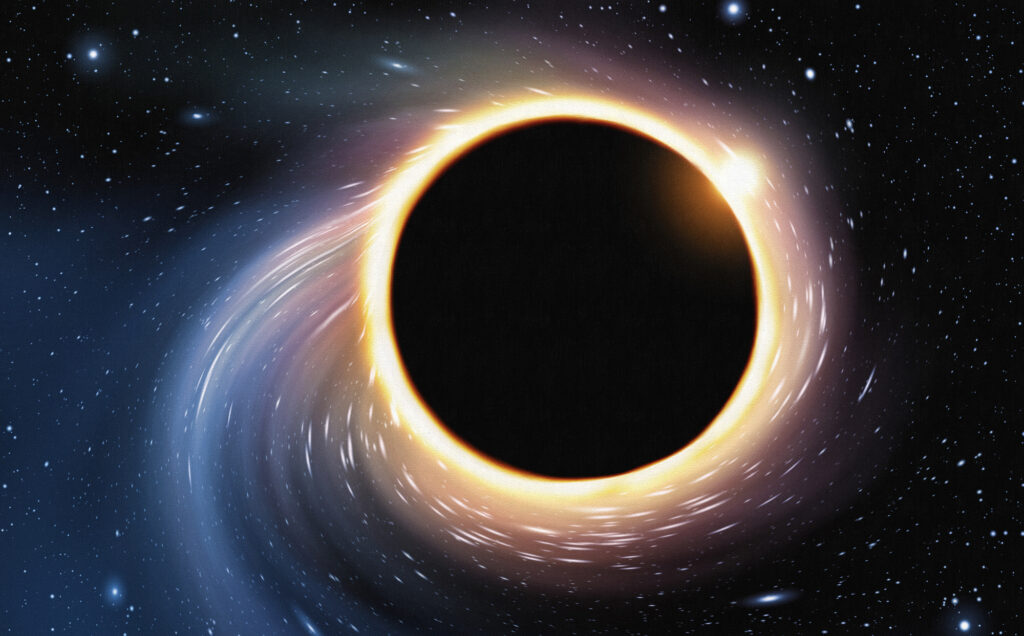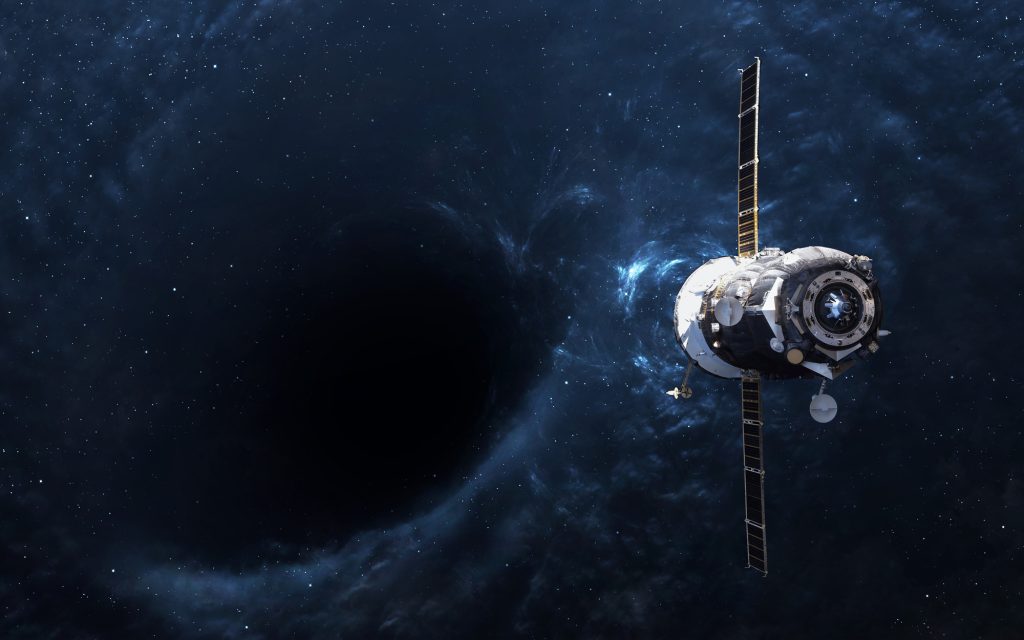Quanti buchi neri ci sono nell’universo?
Molto. Se una stella è abbastanza pesante (cioè, è ancora almeno 2,5 masse solari dopo la sua supernova), allora continua a collassare fino a formare un buco nero. Questi buchi neri di dimensioni stellari si stanno formando da un bel po' di tempo, e se ne formano sempre di più. Quanti ce ne sono già? Questa intrigante domanda è stata affrontata da Alex Sicilia, uno studente di dottorato sotto la supervisione del Prof. Andrea Lapi e del Dr. Lumen Boco della Scuola Internazionale Superiore di Studi Avanzati. In un primo articolo appena pubblicato sull'Astrophysical Journal, gli autori hanno studiato…


